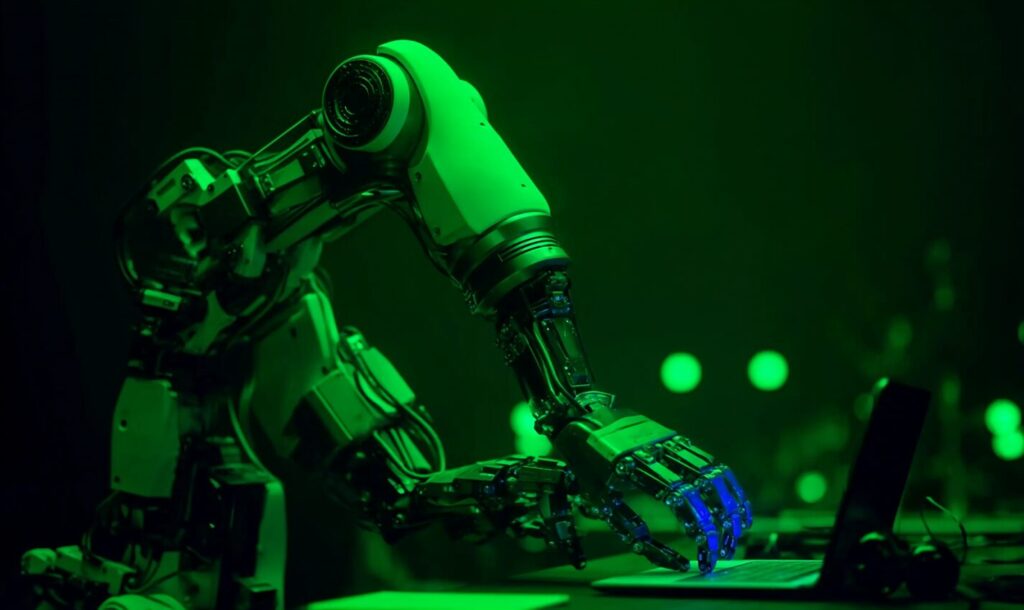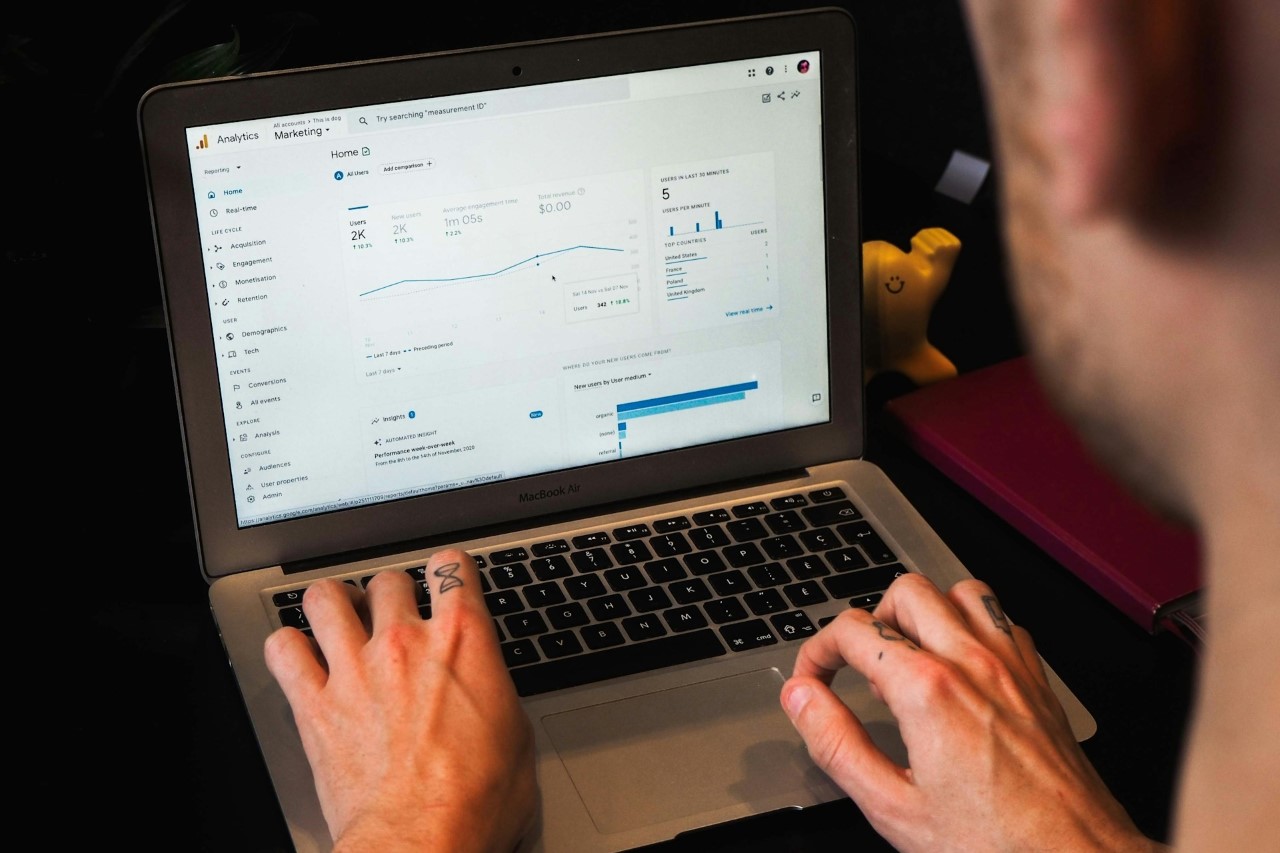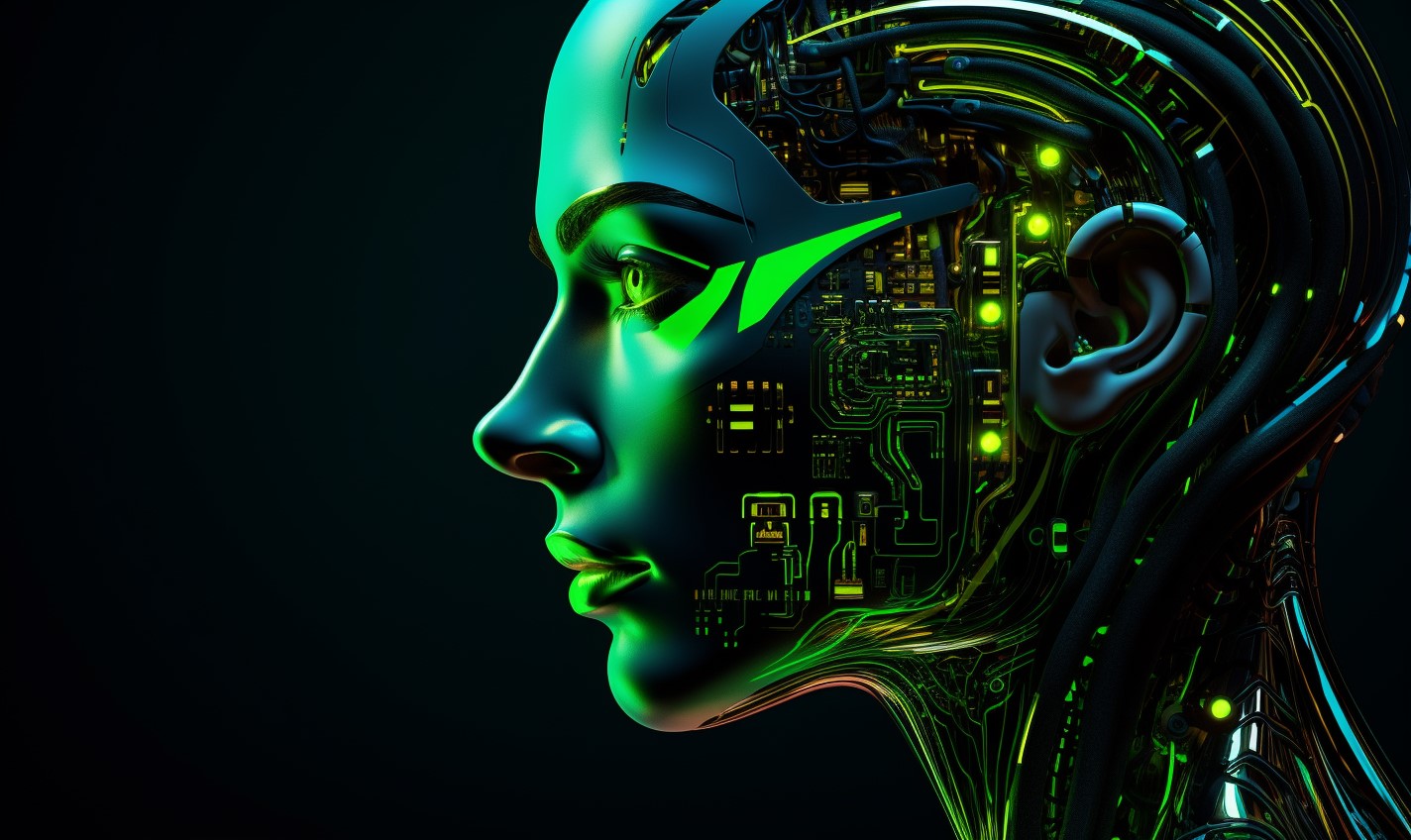The vast amount of data and digital information available right now is too much for many companies. Many are looking for new ways to cut down on the amount of tedious, repetitive work that employees need to do. One solution that companies have started rapidly adopting is robotic process automation (or RPA).
With this tech, businesses create software-based robots that can replicate simple, rules-based tasks normally performed by human employees. As a result, these employees will be freed up for tasks that require more critical thinking and creativity.
How Robotic Process Automation Works
At its simplest, RPA creates digital copycats that replicate the actions of an employee. Businesses can simply perform the task once, record the steps needed to make it work. Then, they can set the bot to the task of performing those steps as needed.
Because the task is automated, it will be performed the same way every single time. This can significantly cut down on human error. It can also make businesses much more efficient. RPA robots are typically much faster than human workers when it comes to repetitive tasks. Workers who were previously caught up in tedious, administrative tasks will also be freed up for more valuable labor.
These bots can also run 24/7, regardless of office hours or worker availability.
Unlike some other automation tech, RPA has a pretty low technical barrier to entry. Often, RPA platforms enable businesses to configure and deploy robots, even if they don’t have staff with programming ability.
Because it automates button-presses and other human-computer interactions, RPA can also automate tasks on legacy systems without requiring that businesses significantly overhaul or replace existing tech.
Companies Are Quickly Adopting RPA
Automation tech has been around for a long time, but RPA is growing in popularity at a quick pace right now. According to data from Gartner, the RPA market grew by 63 percent in 2018, making it the fastest-growing category of enterprise software that year.
Investors also seem very interested in the tech. In 2020, RPA market leader UiPath had raised more than $977 million, according to research from CNBC.
More complex implementations of RPA may take advantage of more advanced computer tech — like artificial intelligence. The combination of RPA and AI, sometimes called “intelligent automation,” uses the two technologies in conjunction to automate more tasks.
AI is more resource-intensive than RPA, but can handle unstructured inputs and manage tasks that require more flexibility in approach.
Robotic Process Automation in Action
Just about any rules-based task that’s performed on a regular basis can be automated with this tech.
For example, a logistics company may print copies of any email invoice from each and every vendor. This company could configure a robot that opens and prints every email with an invoice attached to automate this task.
A marketing company may send emails to leads once they meet a certain set of criteria. Another robot or set of robots could be set to automatically checking for these criteria and sending emails to qualified leads.
More complicated tasks can also be automated with RPA. For example, returns are usually a pretty complicated set of tasks to manage. When an item is returned, a business needs to send a message to the customer confirming the return, update inventory counts and ensure that the customer’s credit balance is adjusted accordingly.
A company could configure a robot to handle all of these tasks, automating the return process as necessary.
How RPA May Change the Future of Business Automation
Robotic process automation platforms aren’t the most sophisticated automation tools available to businesses. Still, their ease of use and simplicity in configuration makes them extremely valuable to businesses needing to automate repetitive tasks.
Market data also suggests that businesses have been much quicker to adopt RPA tech, rather than other automation software offerings.
Robots set to repetitive tasks can also provide a valuable bridge for companies that want to pivot to more advanced automation tech, like AI. Because AI and RPA are good at handling different sorts of tasks, they can often be used in conjunction with each other.
Recent Stories
Follow Us On
Get the latest tech stories and news in seconds!
Sign up for our newsletter below to receive updates about technology trends




